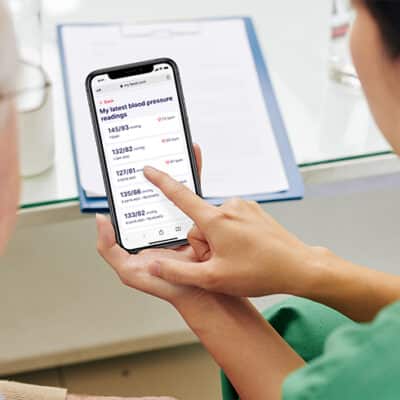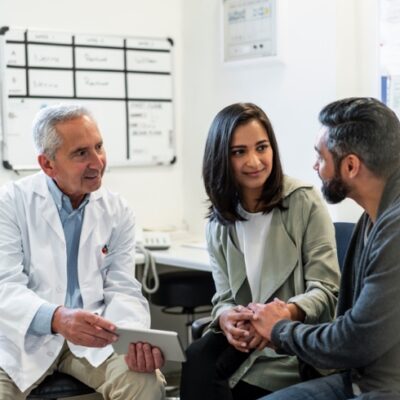Rural practices, and the patients they tend to, are struggling to sustain themselves in the face of the public health emergency. Without revenue from local patients, many of these rural practices have been forced to close their doors, leaving the already vulnerable rural patient population with a lack of accessible health care. Remote patient monitoring (RPM) helps both rural practices and patients by offering additional revenue to sustain small practices while providing essential and personalized care to patients in more remote areas.
This new care avenue for rural practices should be easy to adopt and affordable. RPM programs like ours, offer cost effective, risk-free, accessible, and necessary remote care for rural patients and support struggling rural practices. Sustaining small rural practices is essential to caring for rural patients as the patients cannot maintain their health without them.
What are the barriers rural practices face?
According to the CDC, patients in rural areas are more likely to pass away prematurely than patients in urban and suburban areas. Remote Patient Monitoring can help these more vulnerable rural patients by providing the individualized and effective care available to those in more urban areas. While inaccessible care and greater susceptibility to fatal illnesses can be addressed with remote care, there are still barriers that rural individuals face when adopting an RPM program.
These barriers include things such as:
- Limited internet
- Lack of access to smartphones or computers
- Cost
This is why choosing the right RPM program is essential in providing the best possible care for rural patients. RPM programs that offer risk-free, ready to use devices with integrated cellular connectivity and don’t require a smartphone or computer are able to bypass these barriers.
How can Remote Patient Monitoring benefit rural communities?
RPM works to help both practices and their patients in rural areas and boost revenue for struggling clinicians. Remote care focuses largely on preventative healthcare in order to reduce hospital admissions and readmission, which is incredibly valuable for those who live in hard to reach, isolated areas. Patients in these areas tend to lack access to transportation to practices and hospitals and may lack the funds and time required to make a visit. RPM offers an in-home and easy to use solution for rural patients who face these challenges.
How can Remote Patient Monitoring benefit rural patients and practices?
RPM allows for increased access to effective, personalized, and easy-to-use healthcare and healthcare devices. The incorporation of RPM and telehealth in small and rural practices across the country will allow small communities and isolated individuals to get access to the essential care they require. With a limited number of providers, rural patients are forced to rely on whatever healthcare is closest in proximity or available. Remote care gives rural patients greater control over their health and well being and sustains rural practices while encouraging the use of more effective and individualized care.
With RPM programs that have no upfront financial outlay and are cost effective, rural practices can bypass the constraints that may have prevented them from participating in or offering remote care to their patients.
As one doctor using the 100Plus RPM solution recounts his experience of using remote care in a rural practice, he has found that it “fosters a collaboration that reduces the feelings of isolation that physicians may experience when they go to practice in a small town.” He described working with remote care as “having one foot in the city but being able to live and practice out in a rural area,” and found it “reassuring to know that you’re on the right track with the treatment plan and are staying current.”



